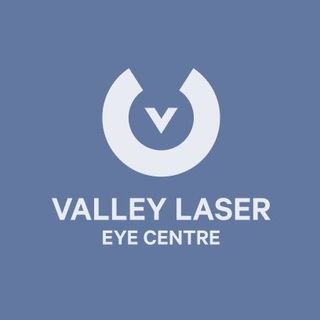Some people have worn glasses since they were children and are tired of wearing them, or have been told by our ophthalmologist that they need a more effective, less invasive, alternative to glasses. Not everyone can have perfect vision, but good vision is possible. It is attainable, and in many cases, you can even have better vision than you did when you were young.
What Is Refractive Lens Exchange
Refractive lens exchange (RLE) is a surgical procedure in which the natural lens inside the eye is replaced by an artificial lens. The procedure is done to correct vision defects caused by the natural lens. It is typically done to replace an artificial lens that has to be removed as a result of cataract surgery. And in some cases, it is also done to correct astigmatism in patients who are over the age of 60.
Why Refractive Lens Exchange Is Done
If the lens inside the eye is not functioning properly it can lead to vision problems such as astigmatism or myopia. If these problems are not corrected in time, they may lead to complications. Thus, refractive lens exchange is usually done if an artificial lens that has been placed inside the eye after cataract surgery has to be removed. In such cases, the natural lens inside the eye is removed and replaced by an artificial lens.
Is It The Same As Cataract Surgery
The primary reason why refractive lens replacement is done is because of a cataract. But it is not the same as cataract surgery. While this procedure is part of cataract surgery, it is also done to correct myopia, hyperopia, and astigmatism.
The artificial lens replaces the natural lens as part of the procedure. Although the procedure is done as a result of cataract, doctors can choose to not replace the natural lens. They can also choose to replace the natural lens with a different type of lens.
What Are The Pros of Refractive Lens Exchange
There are several benefits you can get from this procedure. This procedure is effective in treating blurred vision, eye pain, and light sensitivity. It also corrects all types of vision problems. It can also be used to improve eye functionality.
What Are The Cons of Refractive Lens Exchange
As with any surgical procedure, there are risks involved. One of the risks associated with refractive lens exchange is infection. The infection can occur as a result of a contaminated lens. It can also develop from the use of instruments during the procedure and from the use of anesthesia.
There can also be risks of vision loss, bleeding, and inflammation. If a patient recovers from this surgery, there is the risk of having a decrease in vision.
Where Can You Get It Done
If you are interested in undergoing this procedure, you need to consult a fully certified and experienced doctor. There are many eye care centers that offer this procedure. You need to pick a center that has experienced and certified doctors. You also need to ask the center whether they offer to finance. This is important because the price can be expensive. You need to look for a center that offers financing plans to make the treatment affordable.
Conclusion
Refractive lens exchange is a procedure considered to be effective in correcting all types of vision defects. It can also improve vision in patients that have had cataract surgery. But it can be risky because it is a surgery. It is important to choose a center that has experienced and certified doctors. You also need to pick a center that can offer financing plans to make the treatment affordable.
Valley Laser Eye Centre is the best laser eye clinic that provides a variety of laser eye procedures including PRK, LASIK, and Refractive Lens Exchange. Let us provide the best services in laser eye treatment for your specific needs. Schedule an appointment with us today!
Disclaimer: This blog post does not replace medical advice and should not be implemented prior to consulting a fully certified medical professional.





